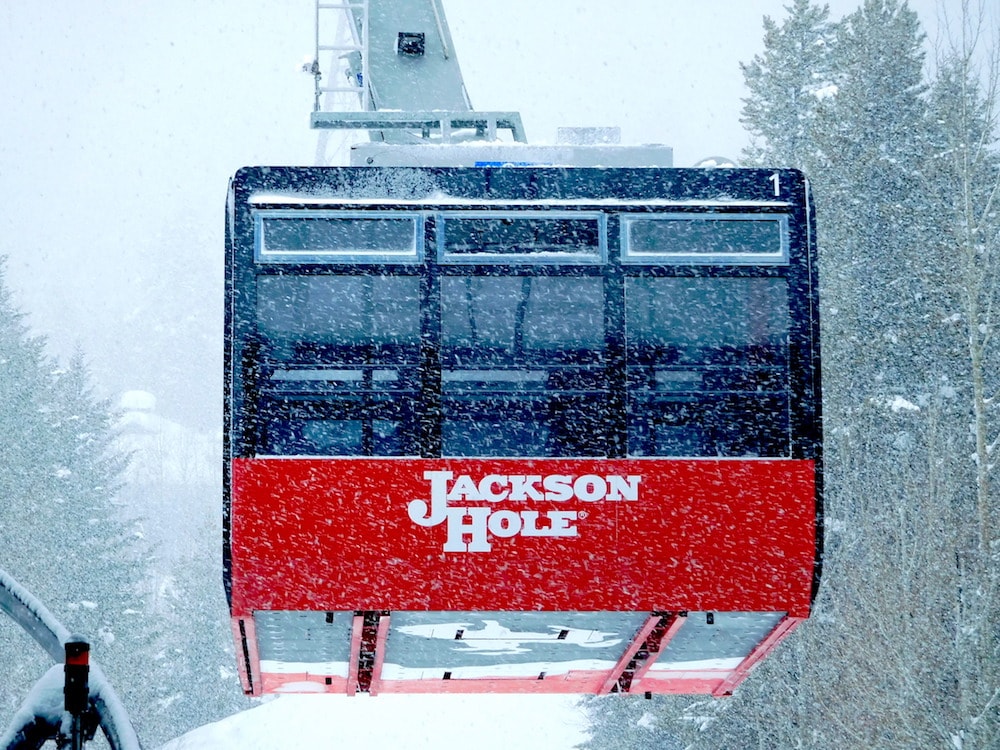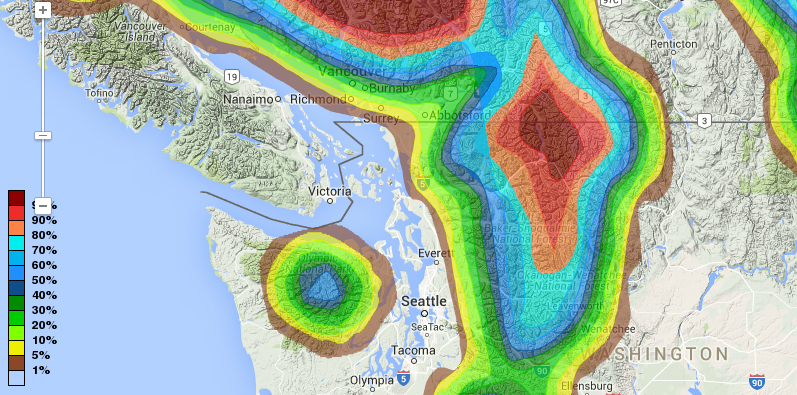The world’s most consequential glacier is on the edge of total collapse. The Thwaites glacier, located in western Antarctica, is melting at an extraordinary rate. What sets it apart from most other glaciers in Antarctica is that the land underneath the glacier lies below sea level. As the glacier recedes, seawater begins to lift the ice off the ground. Once the ice is floating it melts faster creating a positive feedback loop.
- Related: Has Climate Change Brought an End to Summer Skiing on Horstman Glacier, Whistler Blackcomb, BC?
Antarctica holds the most ice on earth, and if melted, would raise sea levels 240 feet (73m). Thwaites glacier alone has contributed 4% to global sea-level rise. It is important to note that as soon as parts of the glacier begin to float that is the moment they contribute to sea-level rise. The ice does not have to melt to affect our oceans, melting only exacerbates the problem.





